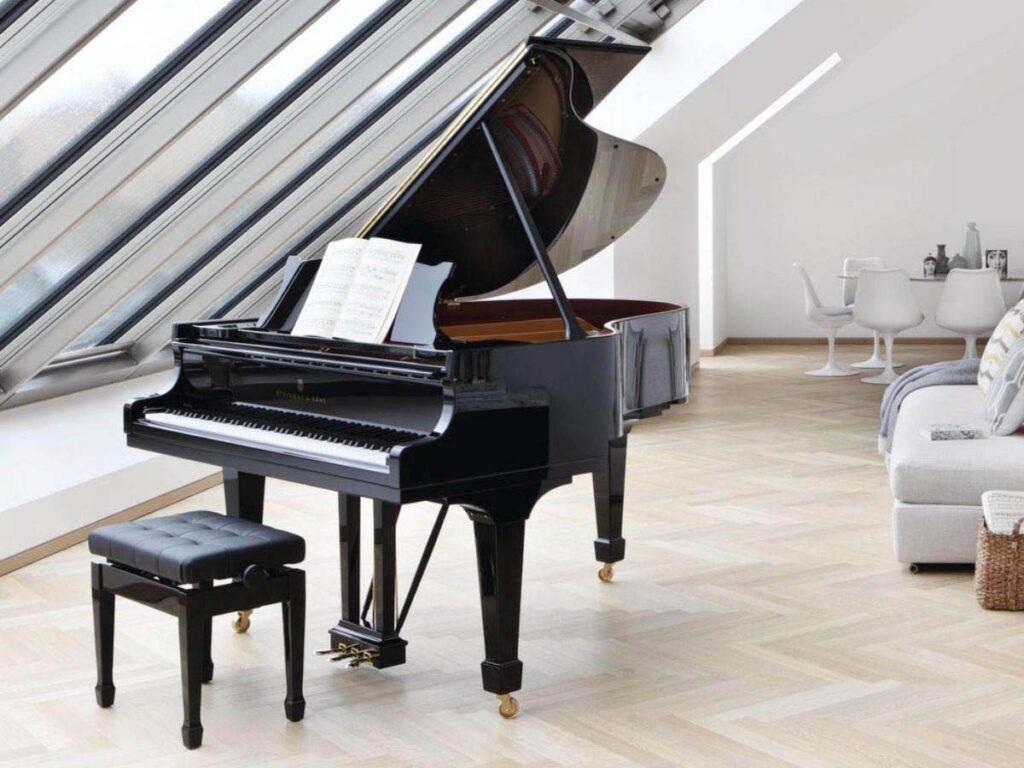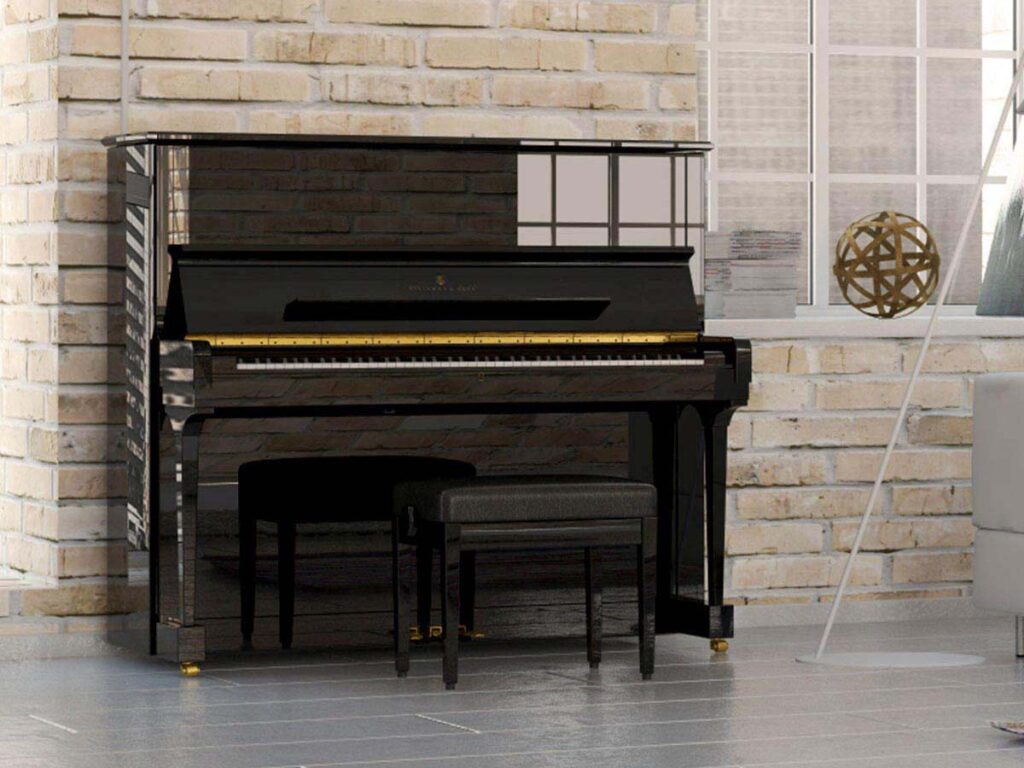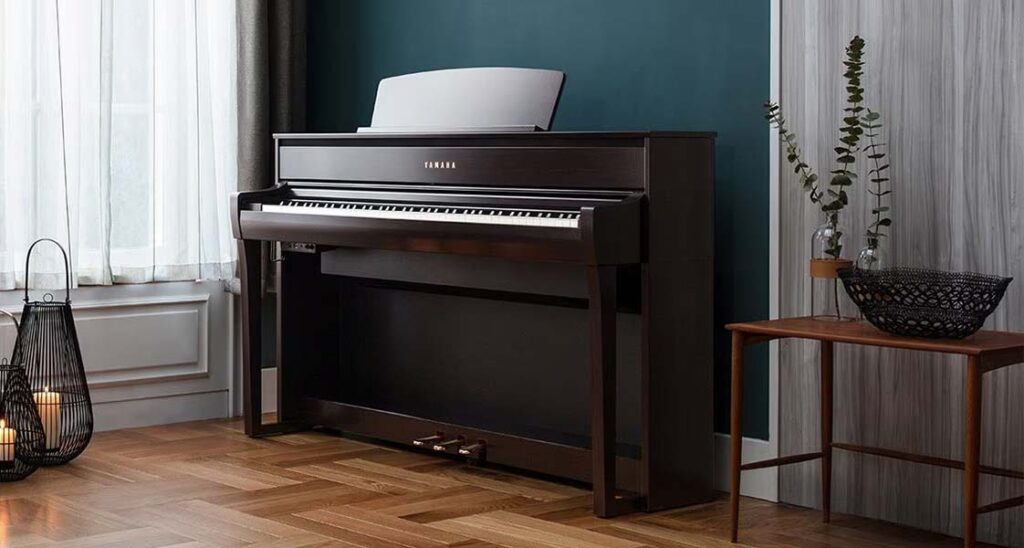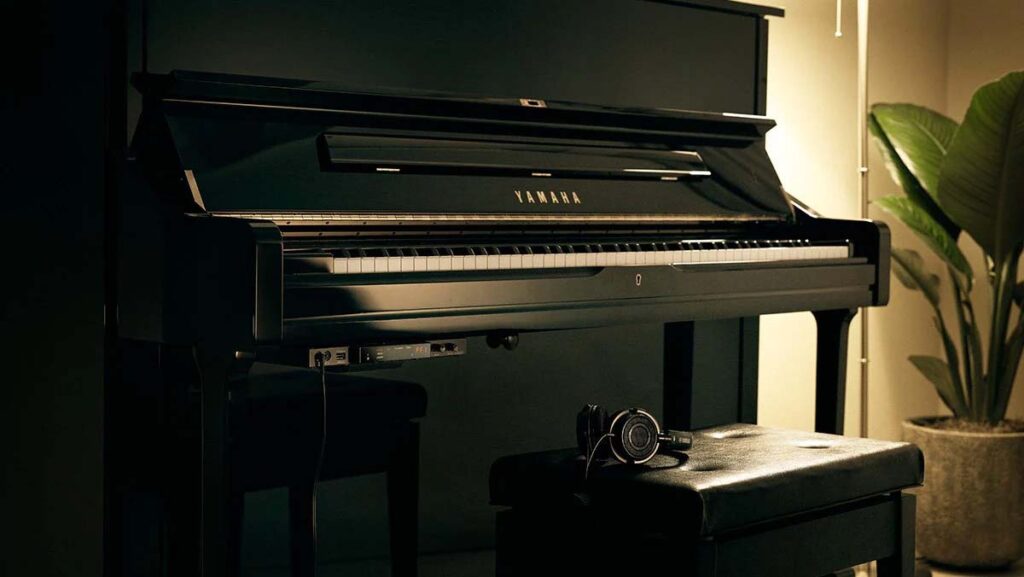Purchasing a piano is a big investment, it can be an investment for life. It is advised to take into account all relevant circumstances with care: the purpose of use, the available space, and the features of the apartment or room. Almost two decades of teaching experience shows that it matters a lot what instrument the student practices on. With the help of our partner Opera Zongoraterem we developed a guide.
Based on several decades of experience as a piano repairer and dealer, we say that when buying a new instrument, it is worthwhile to be very careful to find out which brands are manufactured in the right quality. Recently, many piano factories have been built in the Far East relying on cheap labor, and in many cases well-known and big brands are also manufactured there. It also happens very often that grand and upright pianos are distributed possibly manufactured in poor quality using the brand names of factories that have not been operating for a long time and. Of course, this does not mean that good instruments cannot be made in China or Indonesia, it is just that there are more than 400 piano factories in China and they produce instruments of various quality. The price competition is huge, and to this end, unsuitable materials are often used, e.g. plastics are used in the action of the piano in whole or in part, which is a very bad solution in terms of later repairability, durability and usability. Grand and upright pianos are only produced now by the biggest brands in Europe, and this is also reflected in the prices.
The second-hand instrument market is even more demanding and requires more expertise. It is very important what kind of history the grand or upright piano has had and under what conditions it has been stored. For example, a musical instrument in good condition and of a good brand, if it has been stored in a humid place and is brought to a dry place, becomes completely unusable. In the case of a second-hand instrument, the condition of the instrument is more important than its brand. It should also be noted that a piano has to withstand a tensile force of 15-20 t, and depending on the construction, the built-in materials will tire completely after a certain age. Furthermore, the quality of materials used to restore the instrument is very important. In many cases, it happens that grand and upright pianos are sold in professional workshops with such a label that they have been completely restored, when in most cases they have only been cleaned and tuned. If you look up the Internet, there is a huge oversupply, there are many people dealing with the sale and purchase of pianos and "you can often buy a lot". For example, for a student of a music academy or a conservatory, the most important aspect may not be the brand of the piano, it is much more important how well it can withstand the stress. Many second-hand grand and upright pianos are brought from abroad, which are no longer economical to repair there, but can still be sold in Hungary. Very often, these instruments are completely destroyed during improper transport and storage. So, in summary: it is definitely worth collecting sufficient information and references before purchasing an instrument. It is essential to buy the instrument in a store with good references or with the help of a professional who provides a guarantee and security for the customers.
The main characteristics of each type of instrument are summarized below.
Grand piano

The best choice for classical or jazz artists, teachers and students, discerning art lovers, if there is enough space. Opera Zongoraterem offers restored Rösler, Förster, Ibach, Bechstein, Bösendorfer and Steinway grand pianos, as well as brand new Steinway, Boston, Essex and Ritmüller grand pianos.
Advantages: It delivers a live, clear acoustic sound created by real hammerheads, strings and the piano body. It has original grand piano touch. It can be repaired or renovated at any time, even after 50-100 years. Parts are always available.
Disadvantages: Due to its weight and size, it is difficult to move.
Weight: from 170 to 480 kg.
Proportions: Width from 145 to 157 cm, length from 140 to 308 cm.
Maintenance requirement: At least once a year, including tuning. When placing it, the proximity of the heater and the window should be avoided. It is necessary that the humidity of the air should be between 45-55%.
Expected lifetime: With proper use and regular maintenance, up to 70-100 years, for Steinway grand pianos up to 130 years.
Upright piano

A compromise solution for classical or jazz artists, teachers and students, art lovers, if there is little available space. An excellent choice for beginners and hobby pianists. Opera Zongoraterem offers restored Förster, Petrof, R.Rinkmann and Steinway upright pianos, as well as brand new Steinway, Boston, Essex, R.Rinkmann and Ritmüller pianos.
Advantages: Real hammerheads, strings and piano body create a live, clear acoustic sound. It has an original upright piano touch and takes up little space. It can be repaired or renovated at any time, even after 60-80 years. Parts are always available. Due to its size, it can be easily placed, even in smaller apartments. The ideal instrument for students and hobby pianists.
Disadvantages: Compared to a grand piano, its volume is lower, and its mechanical and tonal properties are not satisfactory for professional pianists.
Weight: from 140 to 280 kg.
Proportions: Width from 135 to 155 cm, height from 95 to 140 cm, depth from 48 to 68 cm.
Maintenance requirement: At least once a year, including tuning. When placing it, the proximity of the heater and the window should be avoided. It is necessary that the humidity of the air should be between 45-55%.
Expected lifetime: With proper use and regular maintenance, up to 80-100 years, for Steinway upright pianos up to 130 years.
Digital piano

A good choice for pop artists and hobby pianists. A compromise solution for artists and students if the residential community is not tolerant.
Advantages: It takes up very little space and, due to its weight, is very easy to move, even portable. No tuning or maintenance is required, it can be placed even in very dry apartments, near a heater. It has a variety of sounds, recording and playback options, MIDI input and output, and many different functions that make the time spent playing the piano even more enjoyable. It can be used with headphones at any time without disturbing the player's surroundings.
Disadvantages: There are no strings and hammer heads, so the piano sound and touch are not real. With the development of technology, digital pianos, like all other electronic products, are constantly changing, so in 10-15 years, the supply of parts and thus the repairability of the instruments may be questionable.
Weight: from 17 to 80 kg.
Proportions: Width from 134 to 143 am, height from 75 to 96 cm, depth frm 36 to 135 cm.
Maintenance requirement: Not required.
Expected lifetime: Up to 30 years with proper use.
Hybrid upright piano

It is an excellent solution for those who think about the dimensions and acoustic properties of an upright piano, but also want to take the advantages of digital pianos. Opera Zongoraterem is the exclusive Hungarian distributor of brand new R.Rinkmann and Ritmüller instruments, among which hybrid products are also available.
Advantages: Upright pianos with a silent system are based on an acoustic instrument, but their action and original, acoustic sound can be muted. Thanks to digital technology, these instruments can also be used with headphones. Such instruments combine all the functions of acoustic and digital instruments. The silent system can be retrofitted to most upright pianos.
Disadvantages: Instruments equipped with a silent system can no longer be converted back into a purely acoustic instrument.
Weight and proportions: It matches the parameters of acoustic upright pianos.
Maintenance requirement: At least once a year, including tuning. When placing it, the proximity of the heater and the window should be avoided. It is necessary that the humidity of the air should be between 45-55%.
Expected lifetime: With proper use and regular maintenance, up to 80-100 years.